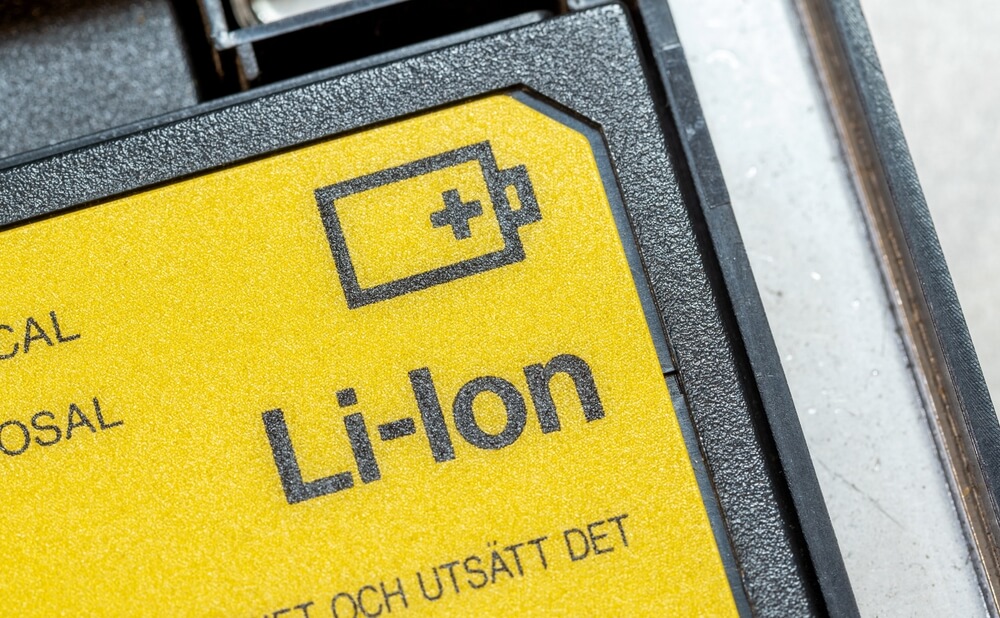
Chinese production of lithium-iron-phosphate (LFP) batteries is expected to set market prices in the United States over the next two years, according to Clean Energy Associates (CEA). The consultancy’s Q4 2024 battery energy storage system price forecasting report highlights the impact of heavily tariffed imports and limited production capacity outside China.
Batteries imported from China could face cumulative tariff levies of nearly 150% if all proposed U.S. trade actions are implemented. These tariffs are projected to raise U.S. prices for 5-MWh lithium-ion battery systems by 8% between 2023 and 2028, even as lithium carbonate prices decline significantly over the same period. Despite alternative production efforts in the United States, Southeast Asia, and Korea from 2025 to 2027, Chinese LFP systems are expected to remain more cost-competitive than non-Chinese alternatives, except for some Southeast Asian products.
The U.S. government is pursuing or considering multiple trade actions against Chinese battery manufacturers. These include increasing the Section 301 import duty on Chinese-made lithium-ion batteries from 7.5% to 25% starting in 2026, with the Trump administration proposing further hikes to as high as 60%. Additionally, proposed Section 232 tariffs could add another 25% levy on imports, citing national defense concerns.
Further legislative actions include a bill introduced by Michigan Rep. John Moolenaar to revoke China’s permanent normal trade relations status, imposing a universal minimum tariff of 35% on Chinese imports, including energy storage systems. Meanwhile, the U.S. Department of Commerce has initiated anti-dumping investigations into Chinese anode active materials, which could result in additional duties.
While it is unlikely all these tariffs will take effect simultaneously, the cumulative impact of these trade actions will likely drive up prices for U.S. buyers of imported LFP batteries. The effect is compounded by limited supply alternatives outside China, as integrators and developers show little appetite for nickel-manganese-cobalt (NMC) and nickel-cobalt-aluminum (NCA) battery chemistries.
Despite a sharp 69% drop in lithium carbonate prices from 2023 to 2024 and expectations of stable pricing through 2028, other cost pressures could offset potential savings. Rising costs for battery and energy management software, along with steady prices for non-lithium raw materials like steel, copper, and synthetic graphite, may counteract downward price trends driven by falling labor costs in China and shrinking manufacturer margins.
The report underscores the dominance of Chinese production in the near term and its critical influence on global energy storage pricing. Policymakers and industry players will need to navigate these dynamics carefully to manage costs and ensure supply chain resilience.



